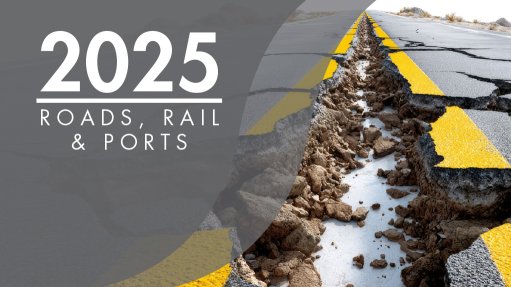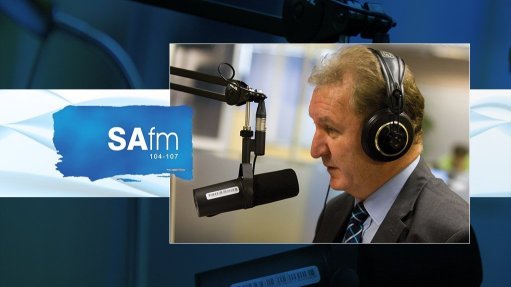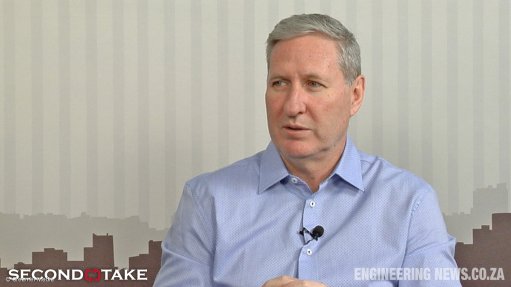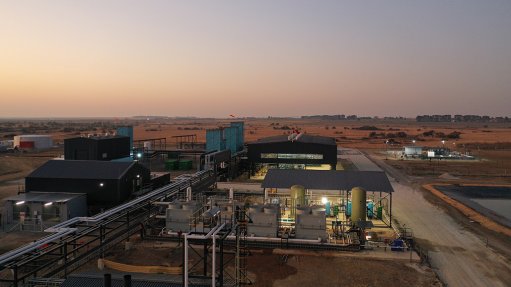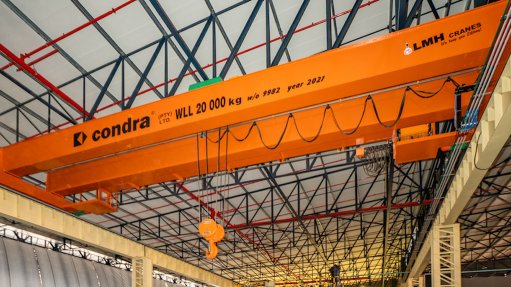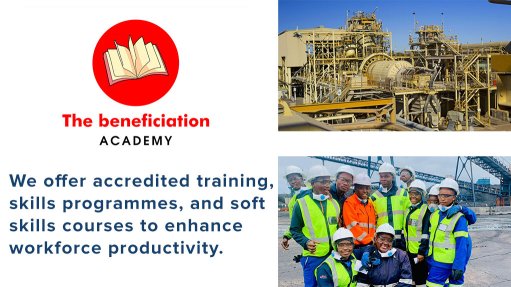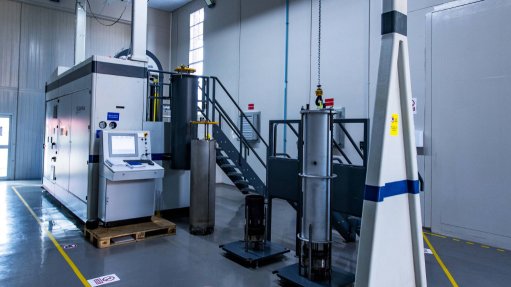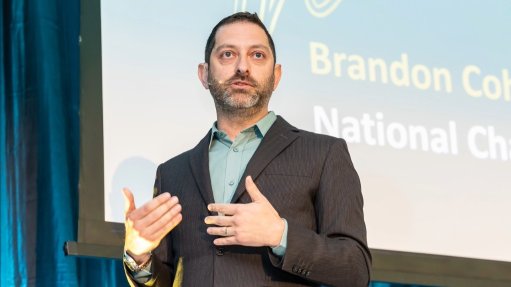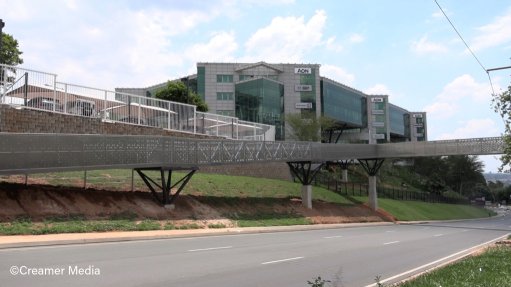New framework to improve service capability

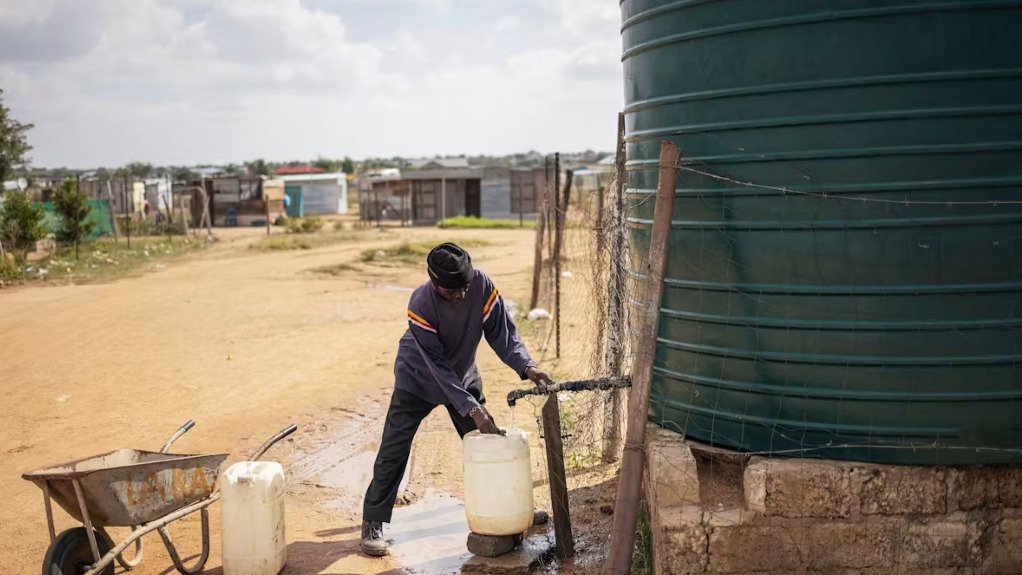
TAPPED OUT The deteriorating service capabilities of water utilities across South Africa must integrate managerial capabilities, new technologies and existing operational skills to respond to current challenges
Having employed a mixed-methods approach to engage a range of South African water utilities, research conducted by tertiary education institute the University of Pretoria’s (UP’s) Graduate School of Technology Management (GSTM) is aiming to help resolve water utilities’ deteriorating service capabilities by developing a new framework.
The Service Innovation Dynamic Capabilities Framework has been outlined in a paper, titled ‘Service Innovation Dynamic Capabilities Framework: A Case of Water Utilities in South Africa’, published in August.
“The framework informs a strategy for South African water utilities to improve service delivery by integrating managerial capabilities, new technologies and existing operational skills to respond to current challenges, such as deteriorating quality and rising water demand,” says PhD student Lucas Shabangu.
The findings highlight the need for a cohesive strategy that merges innovation, managerial skills development and “cutting- edge” technologies to revitalise water service delivery.
Shabangu suggests utilities should take a three-tiered approach to integrate the framework into their operational strategies.
They must initiate a process to formally identify and anticipate future challenges such as new, emerging contaminants, climate patterns and demand shifts to offer strategic foresight.
This should be followed by the launch of a pilot technology project using “manageable, high-impact technologies” to realise fast and effective improvements.
“These technologies can include digital technologies, such as Internet-of-Things- based sensors for real-time water-quality monitoring at critical points, as well as abstraction and dosing chemical points, along with nanotechnologies, such as ion-exchange and granular activated carbon, to demonstrate value and build internal competency.”
Finally, a strategic collaboration or a memorandum of understanding must be forged with the research institutions or technology- leading utilities to allow for knowledge sharing and capacity building.
Changing the Mentality
UP Engineering and Technology Management senior lecturer Dr Petrus Letaba believes that strategic foresight is “a mindset, not just a budget item”.
“We need to leverage public data and use free resources like the Department of Water and Sanitation’s Blue Drop reports, Integrated Regulatory Information System and South African Water Research Commission data to understand risks and benchmarks.”
He also cites the need to create a small, multidisciplinary “futures team” with members from operations, finance and community services, in addition to including population data from national statistics provider Statistics South Africa, to regularly scan for emerging trends and possible threats.
Further, partnering with nearby universities where students can conduct foresight projects as part of their coursework could provide valuable insights at minimal cost while initiating collaborative learning.
Letaba says that, once a utility adopts the proposed framework, a realistic timeline to expect measurable improvements in service quality and water standards compliance can be ascertained.
In the short term, between six and 12 months, measurable improvements in operational efficiency – including reduced response time to leaks and better chemical dosing accuracy – as well as data availability from pilot projects, should be evident.
After one to three years of implementation, the realisation of more tangible improvements in key compliance metrics, such as microbiological water quality and turbidity, owing to better process control and monitoring, should be visible.
Over the long term – between three and five years – sustained compliance across the board and improved resilience to shocks should be noticeable, as the full framework of dynamic capabilities becomes embedded in the organisational culture, Letaba adds.
“The transition to smarter water utilities is not merely a technical upgrade but a fundamental shift in organisational culture and capability, with its greatest barrier not being cost, but resistance to change.”
He avers, therefore, that utility leadership must champion a new vision where innovation is everyone’s responsibility.
“The proposed framework offers a path forward, but it requires courage, collaboration and a long-term commitment to investing in people and technology to secure South Africa’s water future,” Letaba concludes.
Article Enquiry
Email Article
Save Article
Feedback
To advertise email advertising@creamermedia.co.za or click here
Comments
Announcements
What's On
Subscribe to improve your user experience...
Option 1 (equivalent of R125 a month):
Receive a weekly copy of Creamer Media's Engineering News & Mining Weekly magazine
(print copy for those in South Africa and e-magazine for those outside of South Africa)
Receive daily email newsletters
Access to full search results
Access archive of magazine back copies
Access to Projects in Progress
Access to ONE Research Report of your choice in PDF format
Option 2 (equivalent of R375 a month):
All benefits from Option 1
PLUS
Access to Creamer Media's Research Channel Africa for ALL Research Reports, in PDF format, on various industrial and mining sectors
including Electricity; Water; Energy Transition; Hydrogen; Roads, Rail and Ports; Coal; Gold; Platinum; Battery Metals; etc.
Already a subscriber?
Forgotten your password?
Receive weekly copy of Creamer Media's Engineering News & Mining Weekly magazine (print copy for those in South Africa and e-magazine for those outside of South Africa)
➕
Recieve daily email newsletters
➕
Access to full search results
➕
Access archive of magazine back copies
➕
Access to Projects in Progress
➕
Access to ONE Research Report of your choice in PDF format
RESEARCH CHANNEL AFRICA
R4500 (equivalent of R375 a month)
SUBSCRIBEAll benefits from Option 1
➕
Access to Creamer Media's Research Channel Africa for ALL Research Reports on various industrial and mining sectors, in PDF format, including on:
Electricity
➕
Water
➕
Energy Transition
➕
Hydrogen
➕
Roads, Rail and Ports
➕
Coal
➕
Gold
➕
Platinum
➕
Battery Metals
➕
etc.
Receive all benefits from Option 1 or Option 2 delivered to numerous people at your company
➕
Multiple User names and Passwords for simultaneous log-ins
➕
Intranet integration access to all in your organisation





